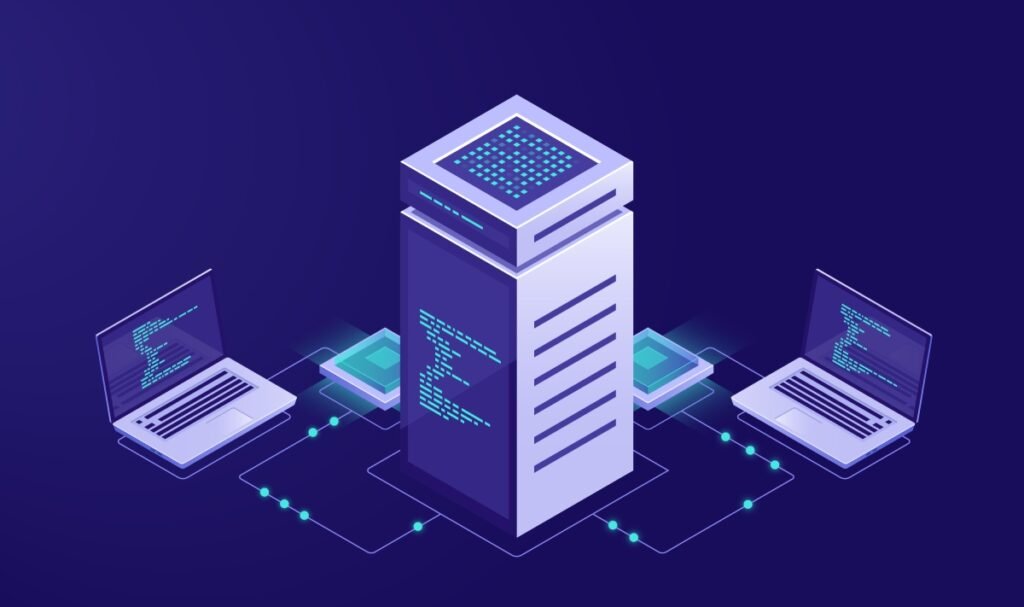Mastering Database Partitioning: Boosting Performance and Scalability

As databases grow in size, managing and querying large datasets efficiently becomes a challenge. One of the most effective strategies to optimize performance is database partitioning. By dividing a large database into smaller, more manageable pieces, partitioning enhances query speed, improves scalability, and reduces maintenance overhead.
In this article, we’ll explore the fundamentals of database partitioning, its types, advantages, disadvantages, and how to automate partitioning in PostgreSQL.
Table of Contents
What Is Database Partitioning?
Database partitioning is the process of dividing a large table into smaller, more manageable subsets called partitions. These partitions can be stored across different physical or logical locations but are treated as part of the same table from an application perspective.
Partitioning is essential for:
- Optimizing query performance by limiting the dataset scanned.
- Enhancing scalability by distributing data efficiently.
- Reducing maintenance costs by enabling targeted archiving and purging of old data.
Vertical vs. Horizontal Partitioning
Partitioning is primarily categorized into two types: vertical partitioning and horizontal partitioning.
Vertical Partitioning
In vertical partitioning, a table is split by columns. This technique is useful when different subsets of columns are frequently accessed together, allowing queries to retrieve only the necessary data.
Example:
Consider a users table with the following columns:
CREATE TABLE users (
id SERIAL PRIMARY KEY,
name TEXT,
email TEXT,
password_hash TEXT,
profile_picture BYTEA,
last_login TIMESTAMP
);If profile_picture is rarely accessed, we can create two separate tables:
CREATE TABLE users_core (
id SERIAL PRIMARY KEY,
name TEXT,
email TEXT,
last_login TIMESTAMP
);
CREATE TABLE users_security (
user_id SERIAL PRIMARY KEY,
password_hash TEXT,
profile_picture BYTEA,
FOREIGN KEY (user_id) REFERENCES users_core(id)
);Horizontal Partitioning
In horizontal partitioning, a table is split by rows, typically based on a key column value. This method is ideal when a table contains a massive number of records and queries often filter data based on specific ranges.
Example:
If we have a transactions table, we can partition it by year:
CREATE TABLE transactions_2023 PARTITION OF transactions
FOR VALUES FROM ('2023-01-01') TO ('2023-12-31');
CREATE TABLE transactions_2024 PARTITION OF transactions
FOR VALUES FROM ('2024-01-01') TO ('2024-12-31');Types of Partitioning
- Range Partitioning – Divides data based on a continuous range of values (e.g., date or ID ranges).
- List Partitioning – Uses predefined lists of values to group data into partitions (e.g., partitioning by country).
- Hash Partitioning – Distributes data evenly across partitions using a hash function (useful for load balancing).
- Composite Partitioning – Combines multiple partitioning strategies (e.g., range + hash).
Partitioning vs. Sharding: Key Differences
| Feature | Partitioning | Sharding |
|---|---|---|
| Purpose | Improves performance within a single database instance | Distributes data across multiple databases |
| Scope | Works on a single logical database | Involves multiple physical databases |
| Data Access | Transparent to applications | Requires additional logic for data retrieval |
| Use Case | Handling large tables efficiently | Scaling beyond a single database instance |
Advantages of Partitioning
- Improved Query Performance – Queries can scan only relevant partitions.
- Better Data Management – Simplifies archiving and deletion of old data.
- Increased Scalability – Large tables can be split across multiple storage locations.
- Efficient Indexing – Smaller partitions mean smaller indexes, improving lookup speed.
Disadvantages of Partitioning
- Complexity – Managing partitions requires additional effort and planning.
- Storage Overhead – Each partition may require separate indexes and metadata.
- Query Overhead – Some queries may require scanning multiple partitions, reducing efficiency.
- Application Logic Changes – Applications might need to be aware of partitioning strategies.
How to Automate Partitioning in PostgreSQL
PostgreSQL offers native partitioning support with table inheritance and declarative partitioning.
Step 1: Create a Partitioned Table
CREATE TABLE transactions (
id SERIAL PRIMARY KEY,
user_id INT,
amount DECIMAL(10,2),
transaction_date DATE
) PARTITION BY RANGE (transaction_date);Step 2: Create Partitions Automatically
Using PostgreSQL triggers or automation scripts, we can create partitions dynamically.
Using pg_partman (PostgreSQL Extension)
CREATE EXTENSION pg_partman;
SELECT create_parent('public.transactions', 'transaction_date', 'native', 'monthly');This command automatically creates partitions based on the transaction_date column.
Step 3: Enable Partition Pruning for Efficient Queries
Partition pruning ensures that queries only scan relevant partitions.
EXPLAIN ANALYZE SELECT * FROM transactions WHERE transaction_date = '2024-01-15';PostgreSQL optimizes the query execution plan to only access the required partition.
Conclusion
Efficient data management is crucial as databases grow, and database partitioning offers a structured way to handle large datasets. By segmenting tables into smaller, more manageable partitions, organizations can enhance query performance, improve scalability, and reduce maintenance overhead. PostgreSQL simplifies this with declarative partitioning and automation tools like pg_partman.
Understanding the key differences between partitioning and sharding, along with their pros and cons, helps developers make strategic decisions. For further performance tuning, explore our in-depth guide on database index optimization.
As data-driven applications expand, leveraging the right partitioning strategy can be a game-changer in database efficiency. Learn more about partitioning principles from this comprehensive resource.

 Install jsUpskills app on your home screen!
Install jsUpskills app on your home screen!